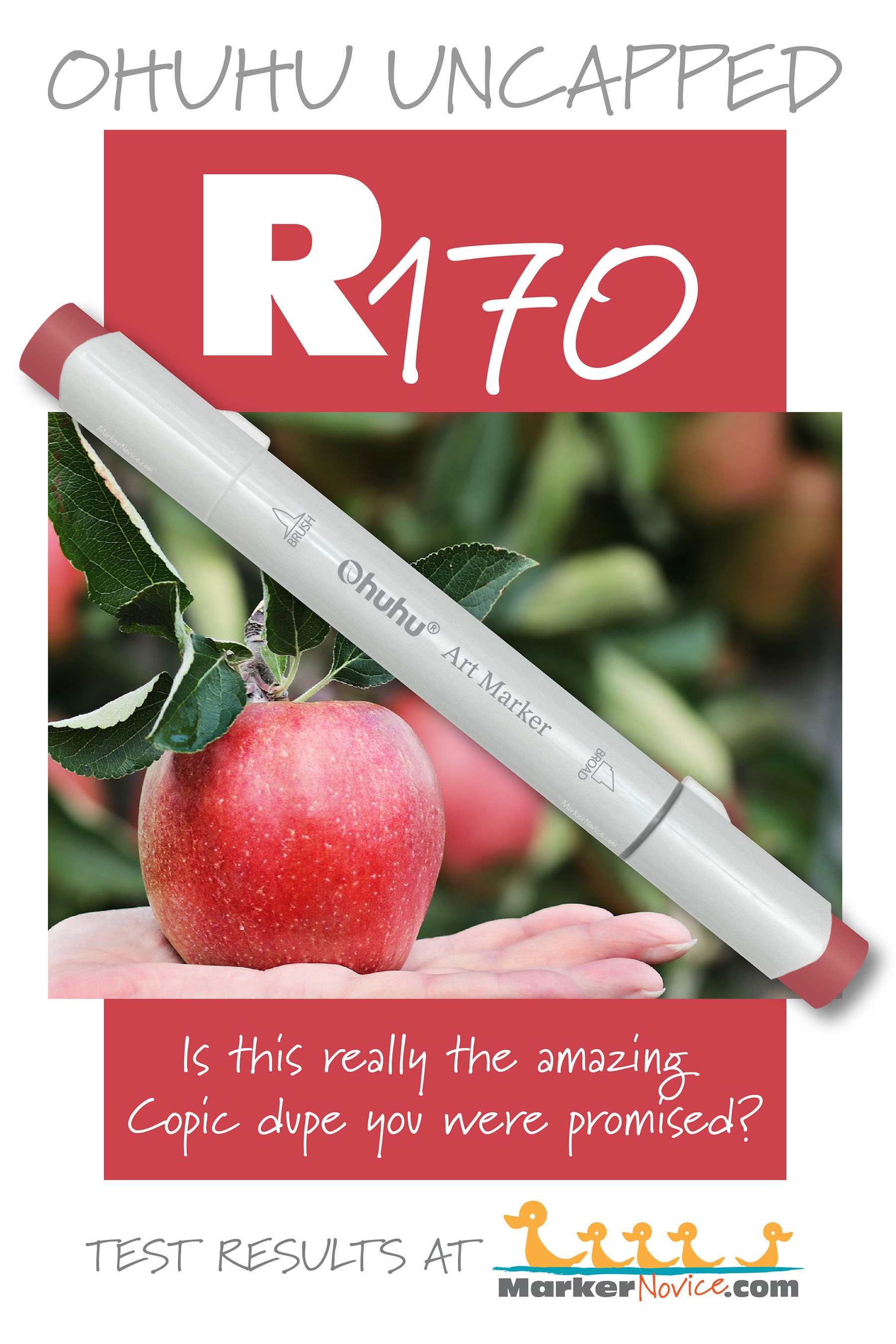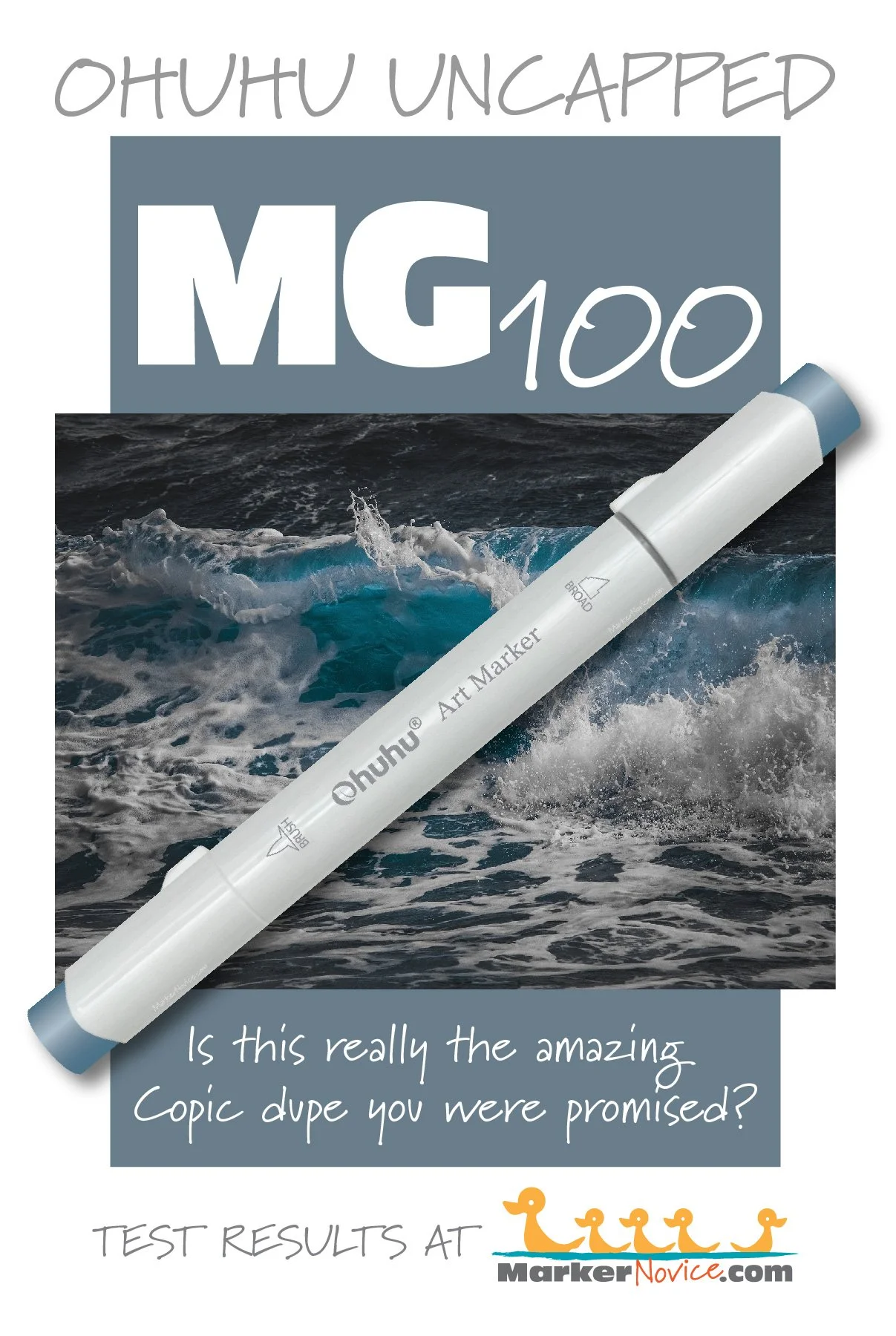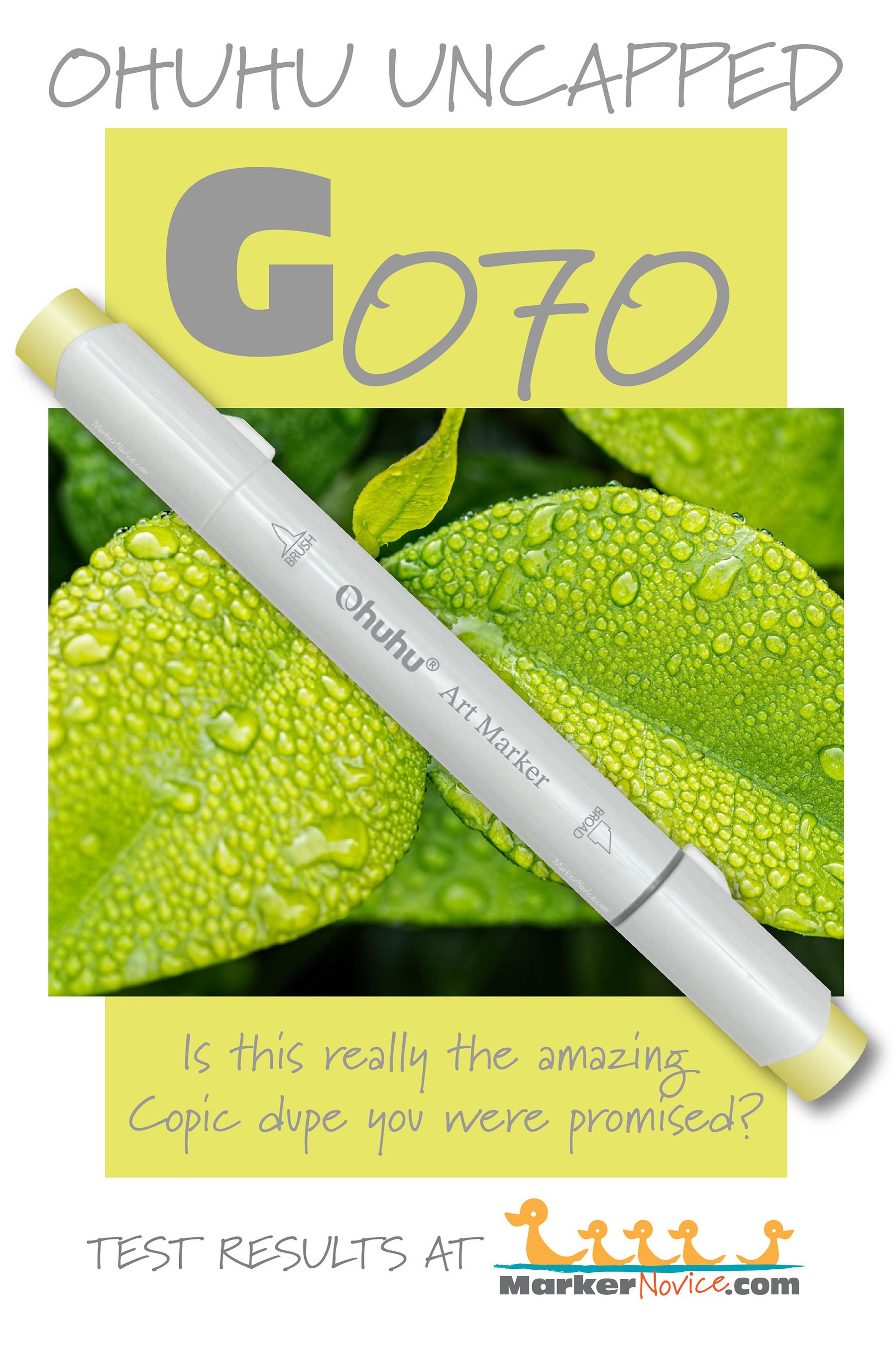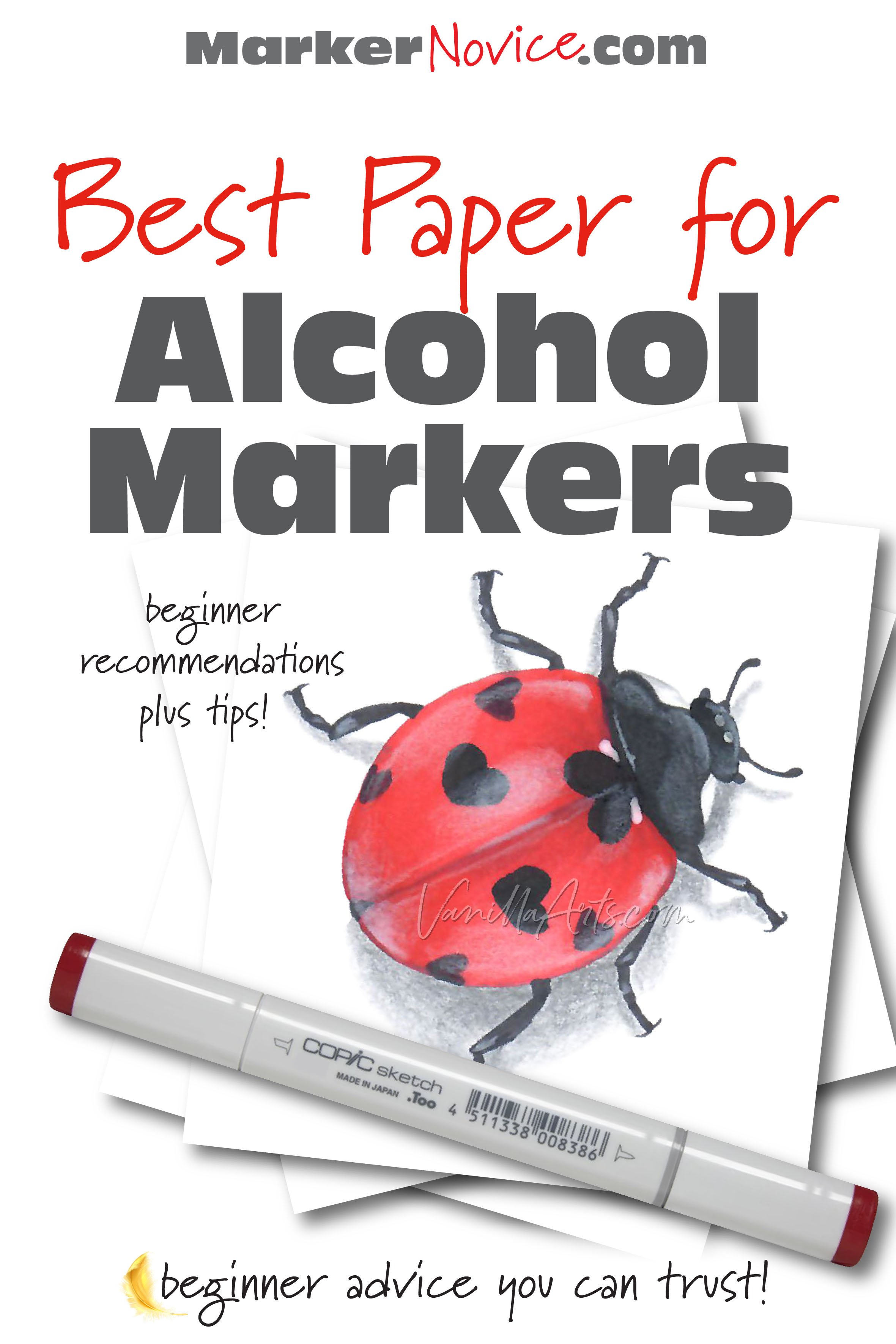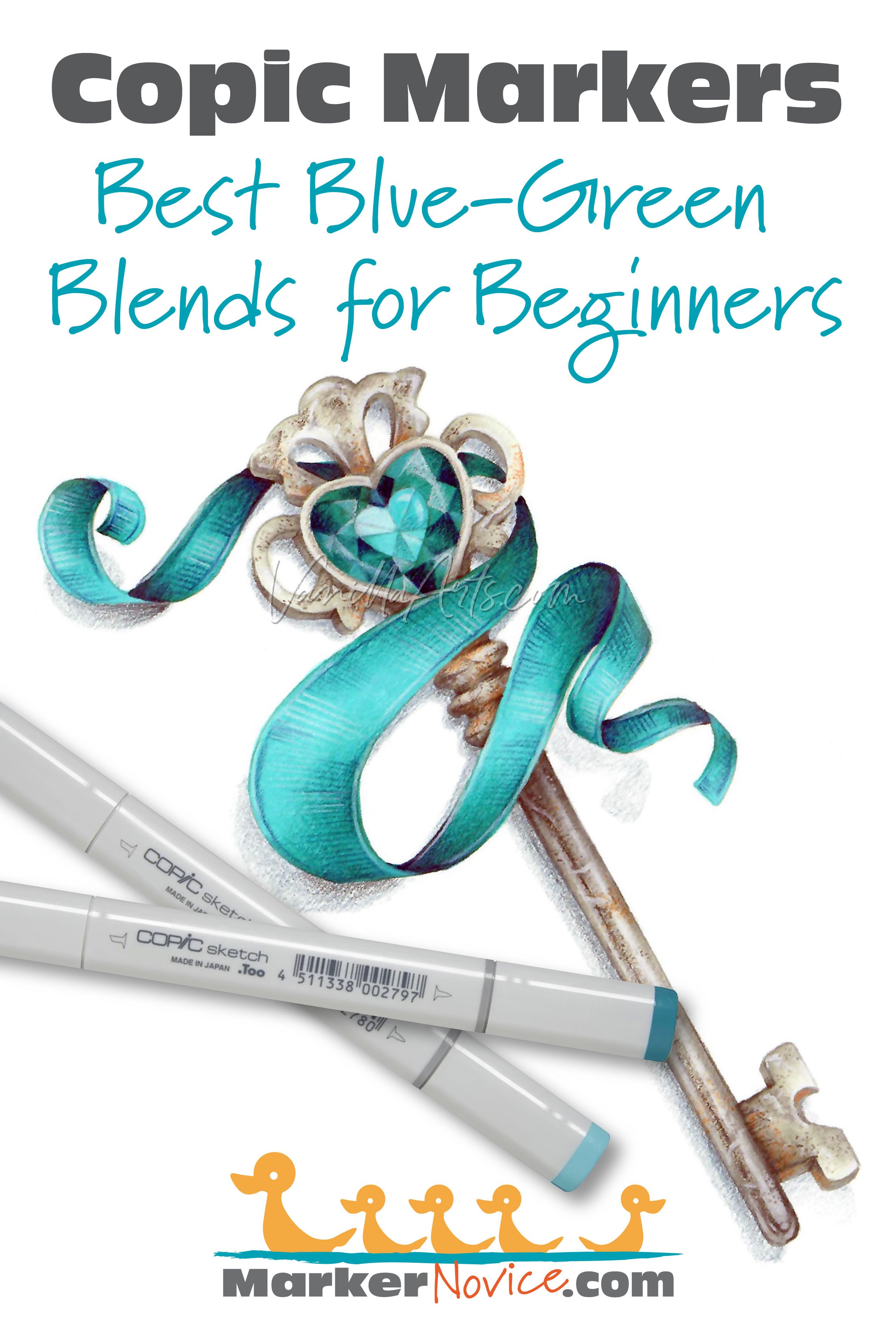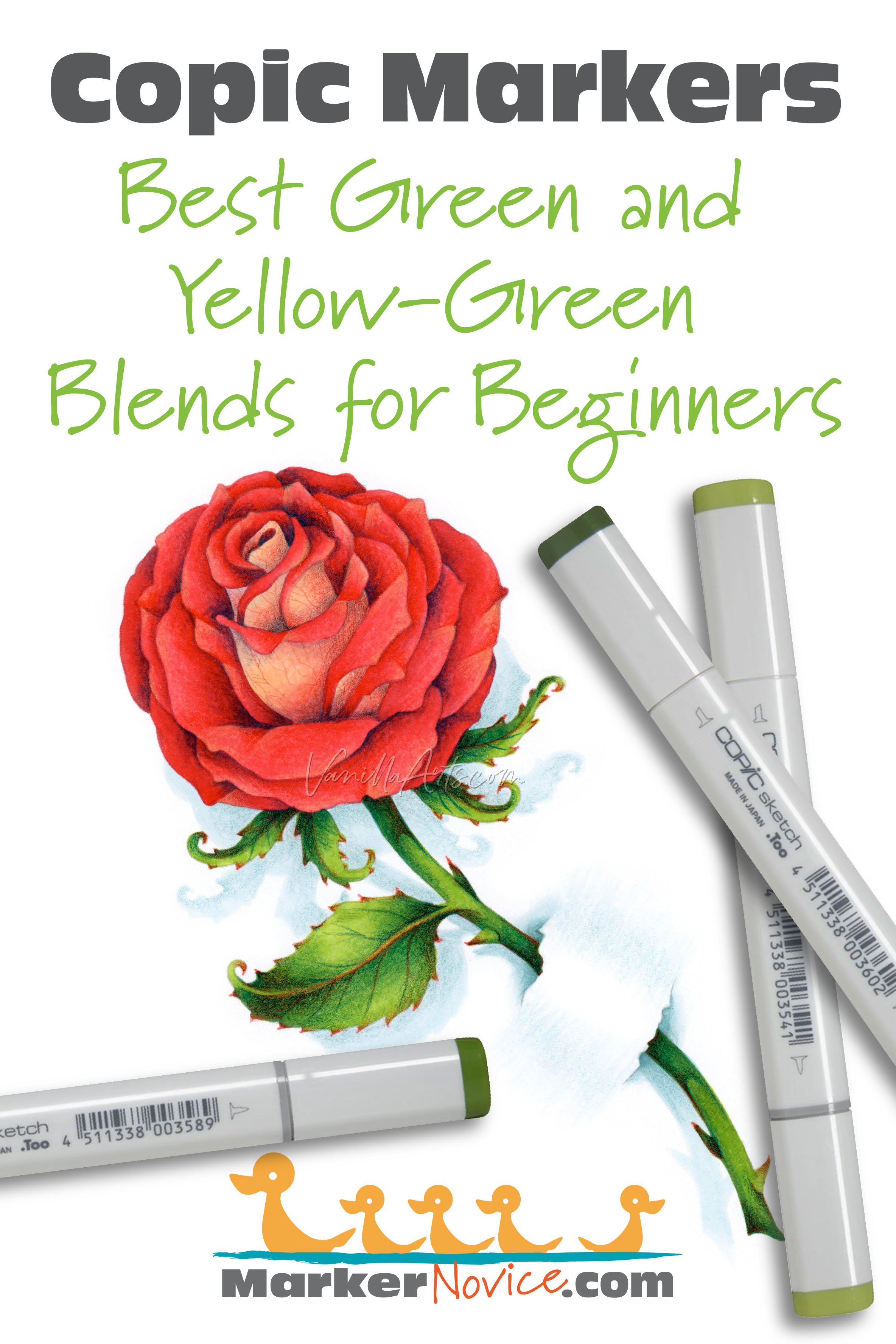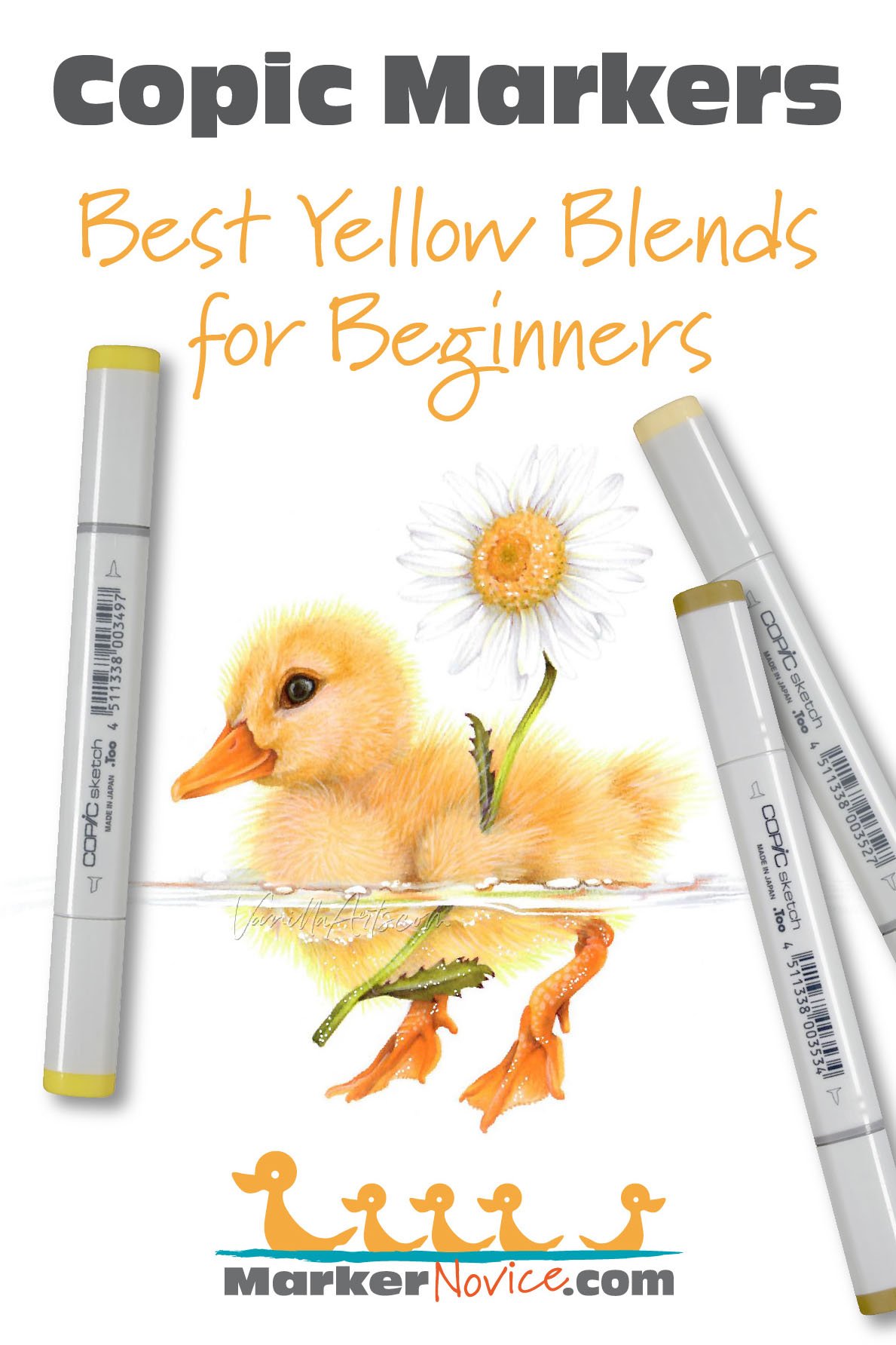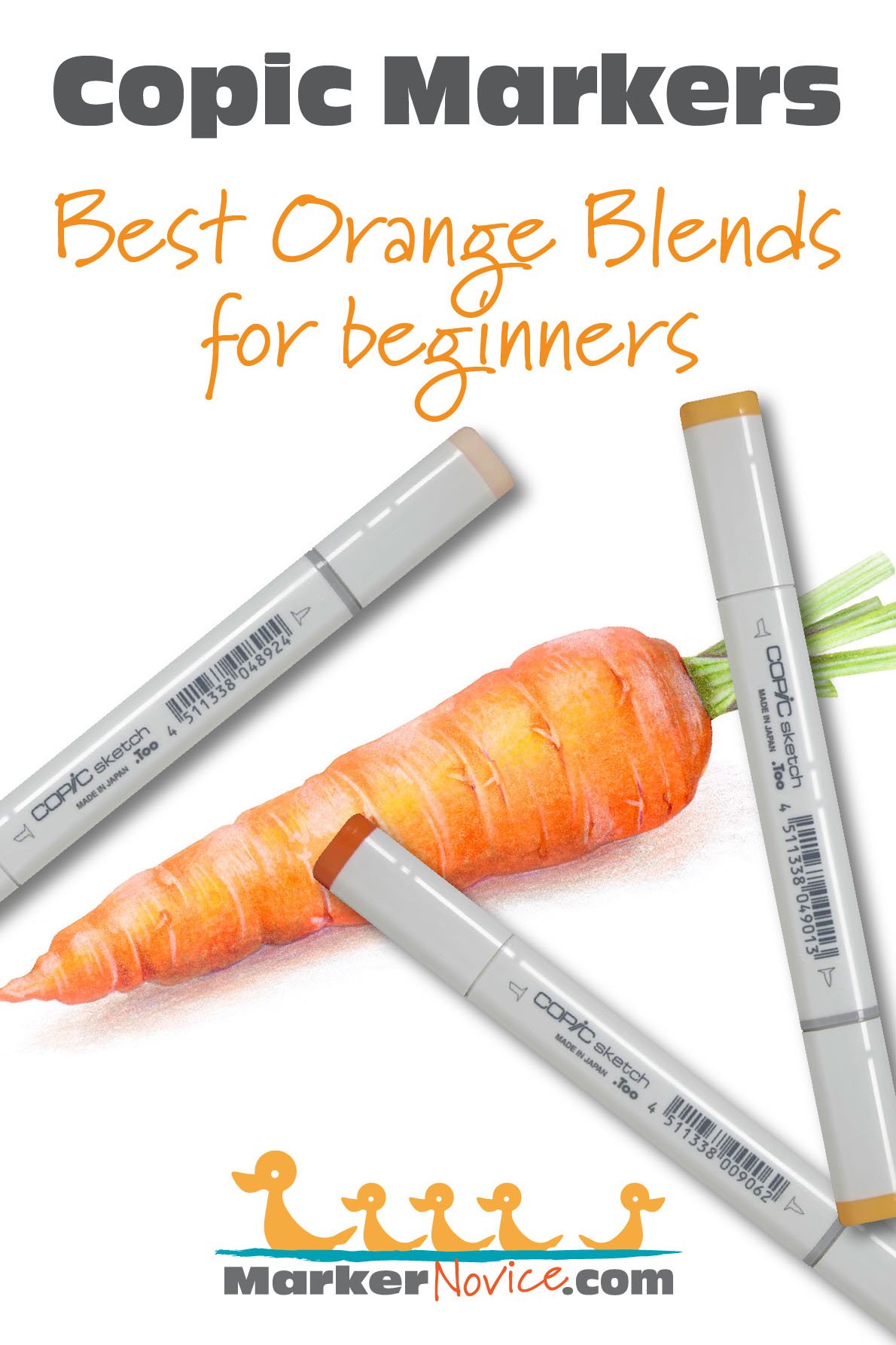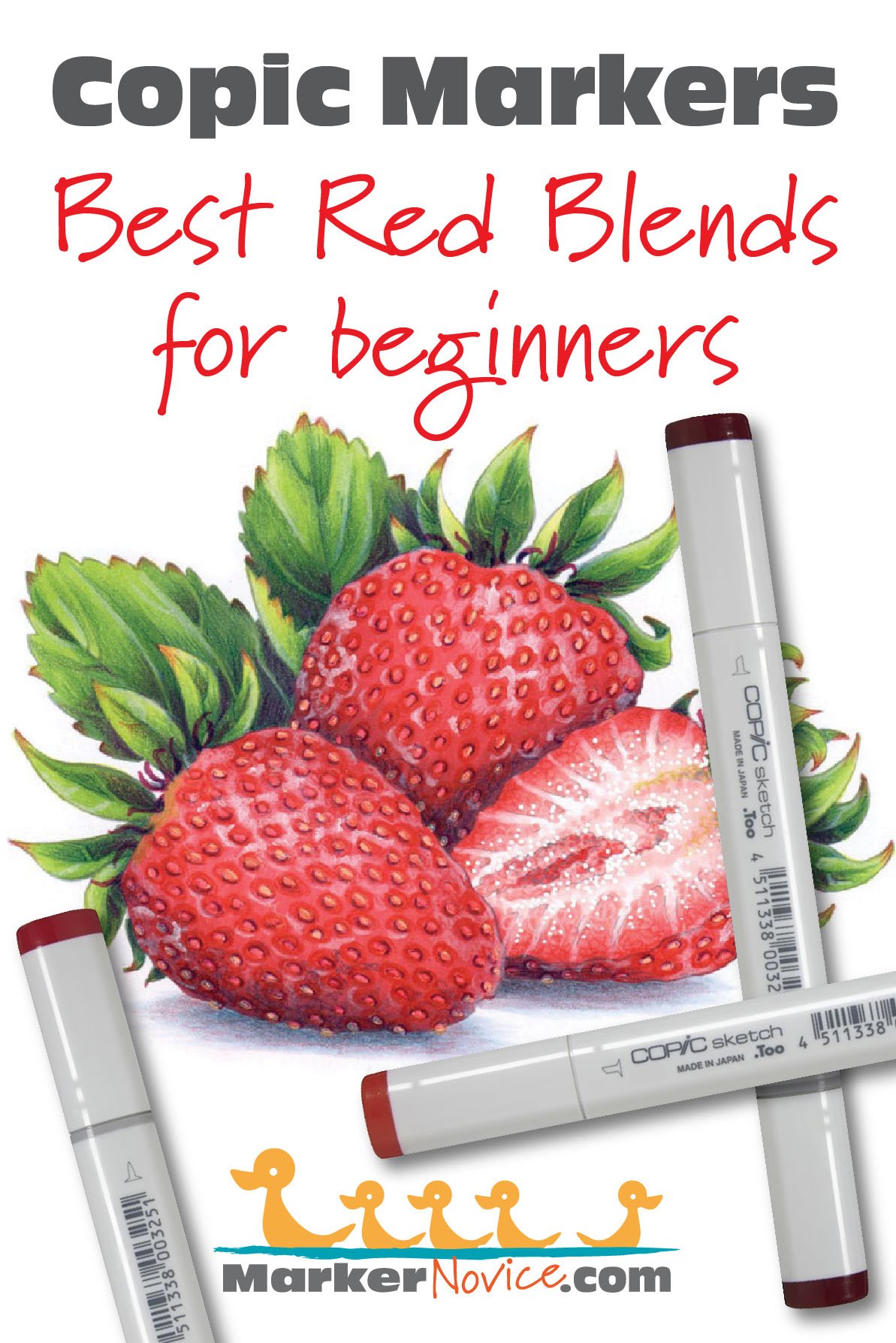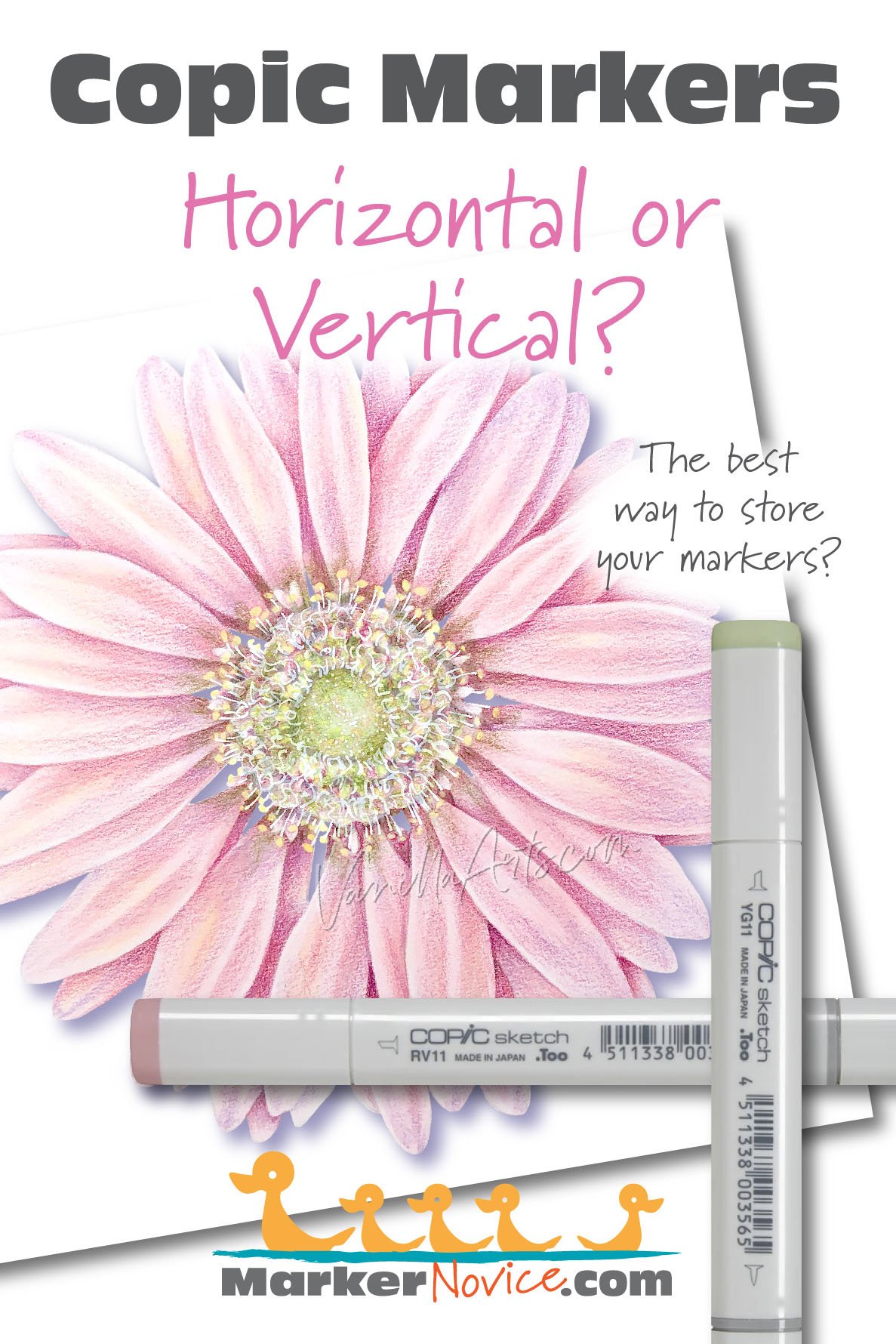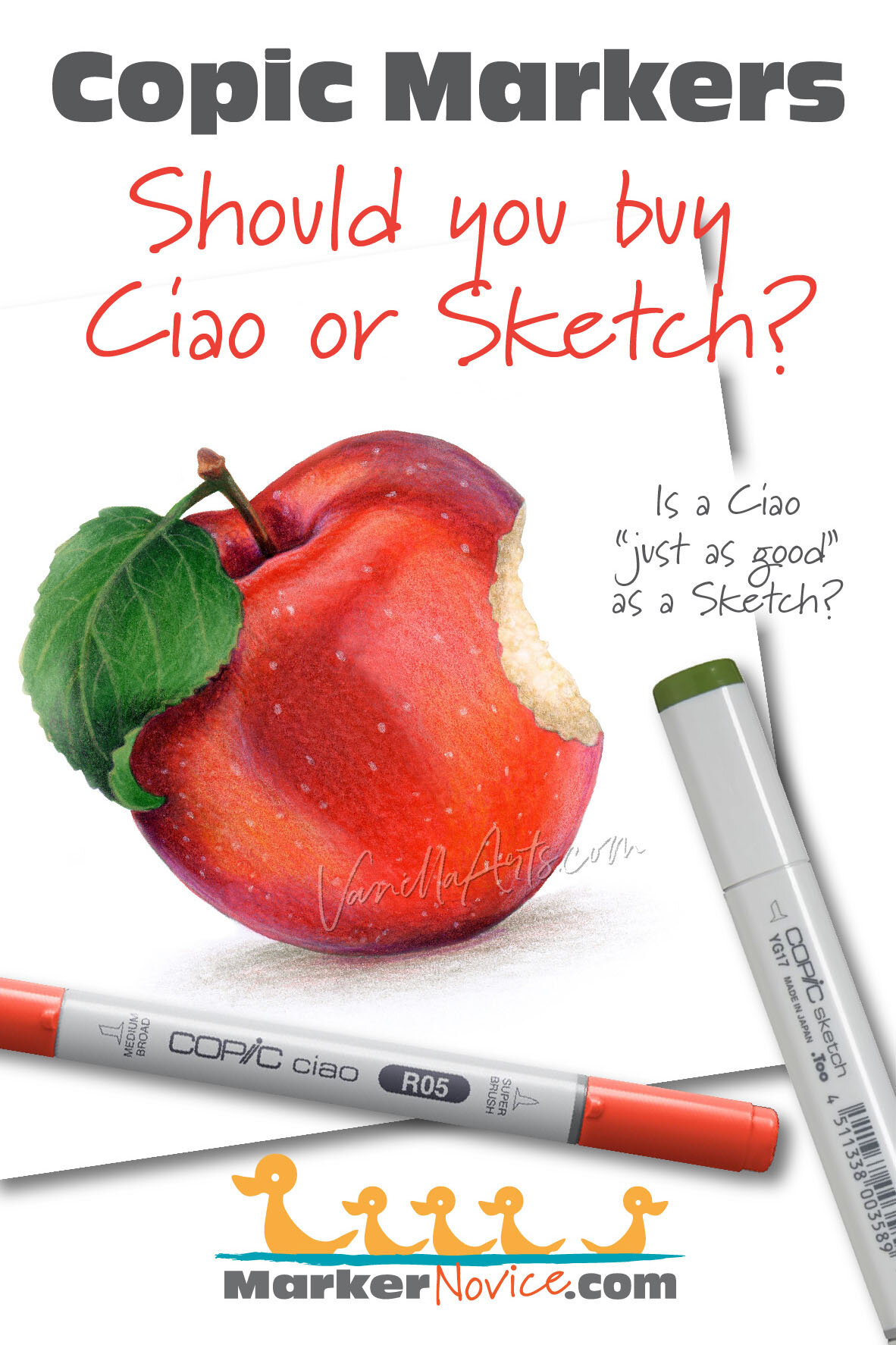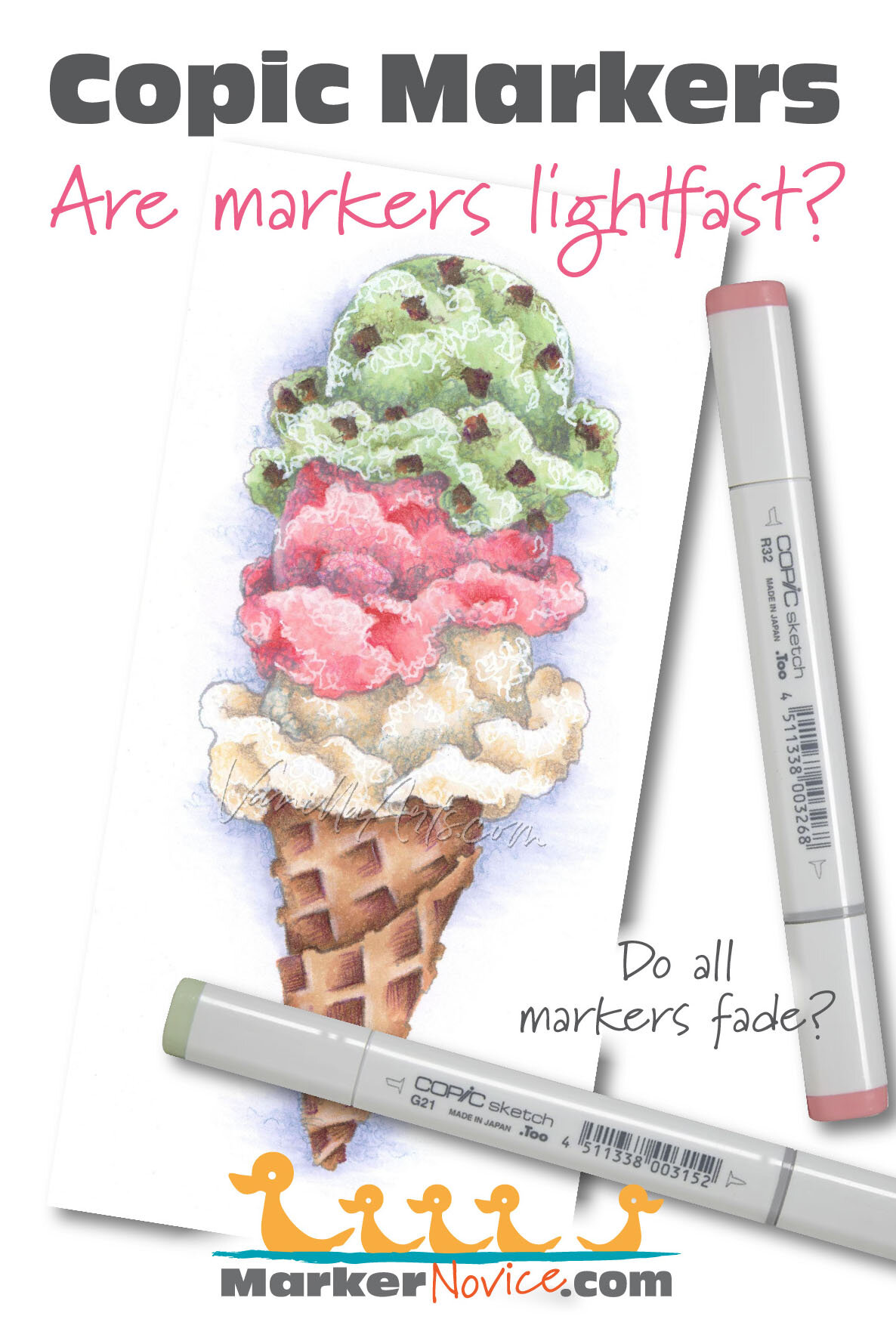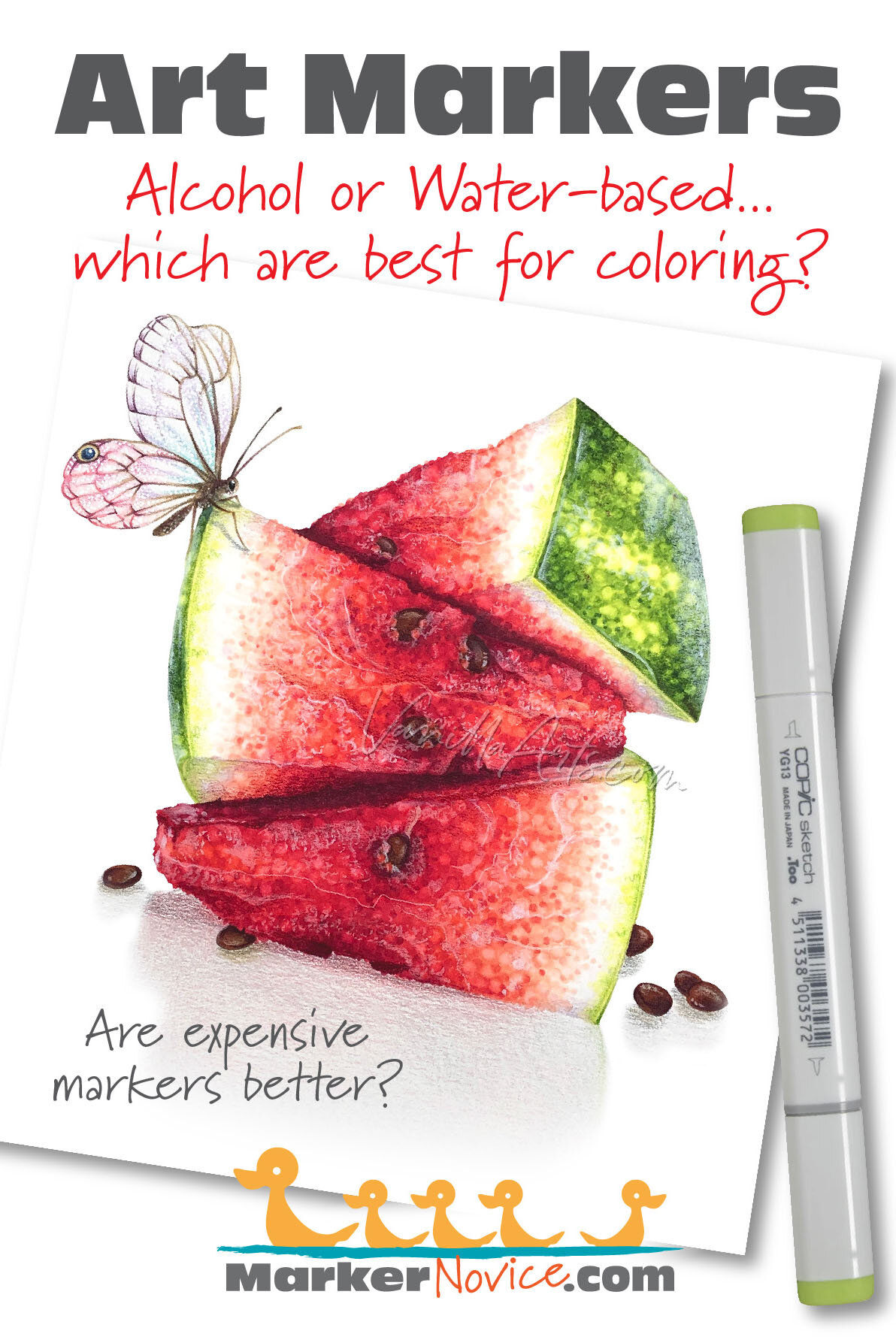You were told “Ohuhu is the Copic slayer! They’re like Copic Markers but better!”
Is it true?
Every Ohuhu Marker has different characteristics based upon its unique ink formula. No matter how great they say the marker is, test results do not lie.
So are Ohuhu markers as great as you’ve heard?
Let’s look at Ohuhu R170 to find out.
WARNING: Ohuhu markers have numbers on the cap but not on the body of the marker. We do not recommend coloring with both caps off due to the risk of accidentally placing the wrong caps on a marker.
Test results: Ohuhu R170 Lipstick Red
Refill: You’re in luck! Ohuhu sells only 50 colors of refills leaving most of their markers un-refillable. R170 is one of the refills they do make. This makes R170 a smart purchase! See Ohuhu’s current list of refills here.
Temperature: A cool, dark wine red
Resemblance: Perylene Red watercolor
Name: “Lipstick Red” isn’t a terrible name because I’ve seen lipstick this color. But to an American audience, “Lipstick” indicates a fiery, Corvette, candy-apple kind of red. The name simply feels wrong for a red this cool, dark, and almost burgundy.
Actual Value: N9
Unlike Copic, Ohuhu does not measure value— this is a glaring deficiency which makes finding blending combinations harder than it has to be!
All Copics are measured on a Neutral Gray value scale. The last number on the Copic cap indicates the value. We’re using the Copic scale to measure Ohuhu until Ohuhu releases a reliable value scale.
Cap Accuracy: The plastic on an Ohuhu Honolulu R170 is a close match to one coat of R3. The plastic is a bit duller and less vibrant than the ink.
Copic Substitution: Ohuhu R170 sits inbetween Copic’s R37 and R39.
Note: similar colors rarely behave the same way. From experience I can tell you that Copic R37 and R39 are much easier to work with, especially for beginners! Look below at how fast Ohuhu R170 reaches maximum value and looks oily. This means you’ll see oilyness AS you blend, before you even consider re-blending! The Copic R-30’s allow easier blending and the oiliness doesn’t appear until four layers. For comparison, see Copic R37 test results here.
Buildup: R170 reaches a maximum value at 3 coats.
Overinking: We do not recommend using more than 2 coats of R170. As with most Ohuhu markers, 3-4 layers looks oversaturated and dull.
Shattering: R170 is extremely reactive to colorless blender indicating that there is a high ratio of colorant to solvent in this ink formula. In paint, we like high pigment ratios but in markers, it creates a temperamental and stubborn marker. I’ve seen worse in the Ohuhu line but this is higher than average and you will see blending issues because of it.
Chromatography testing shows this ink’s behavior when it comes in contact with #0 Colorless Blender (solvent). High shattering colors may leak unexpected color when you make corrections or attempt to blend with any color that has a high solvent to colorant ratio. Shattering is not bad, it’s just something to be aware of.
Staining: As with most red ink colors, R170 is extremely staining color. This is partially because it’s red but mostly because of the extreme amount of colorant in the formula.
With alcohol markers, a staining ink is generally a sign of a low quality ink. Staining inks bond to the paper fibers and are reluctant to release. Staining inks make blending harder than it has to be!
Lift: Forget about it. R170 is incredibly stubborn and stains the paper red. Exercise caution when trying to lift or move a mistake. Notice the dark edges to the correction area in the sample above. The ink in these dark stripes actually looks metallic and I can feel the stripe with my fingernail! Attempting to fix a mistake could damage your project more than the mistake did.
See staining swatch. Sample was given 6 stripes of #0 Colorless Blender, drying between each stripe. Results indicate how much lifting you can expect.
Lightfast: R170 faded about 20% during the test period.
Samples were swatched on X-Press It Blending Card. 1 layer of ink was exposed to windowsill sunlight for 21 days. Approximately 10 hours of sun per day based on weather conditions. Note: we do not recommend displaying original marker art under these conditions.
Ink Color Family: The “R” in R170 indicates that this marker is part of the R red family but Ohuhu classifies a lot of oranges, violets, and pinks also as R. Think of R and “probably red but maybe not.”
The Ohuhu numbering system is complete garbage and doesn’t always make sense. Some orange and magenta markers are hidden in the R family. Be warned, when it comes to other color families, you can not trust anything you read on an Ohuhu cap.
Cap Numbering: If the Ohuhu markering system made sense, we would assume that R170 is part of the R-One Hundred family which includes R110, R120, R150, R160, R170, R180, and R190.
In looking at that series, you’d think these red markers were similar colors arranged from light to dark, correct?
Nope.
R110 is a pale orange-red which is not related to anything else in the series.
R120 is a florescent pink highlighter.
R150 is a slightly neon medium salmon pink.
R160 is a carmine red.
R170 is a cool dark red.
R180 is a darker cool red than R170.
R190 is a light warm pink.
These inks are NOT related to each other, not arranged chromatically, and not arranged according to value. Ohuhu dumped these colors together without thinking because they don’t care about their numbering system.
As stated above, the Ohuhu numbering system makes no sense. The markers are not arranged in chromatic order so you can not trust the numbers to tell you whether this marker is lighter or darker than other Ohuhu markers with similar numbers.
I’m still early in the Ohuhu testing process. I will add more info to this article as I learn more and when I spot behavioral patterns.
From what I’ve learned so far, I will not be working with Ohuhu markers and I will discourage students from using them in my classes. They’re simply not worth the frustration.
Learn more about R170 Lipstick Red, a wine red Ohuhu Marker. We swatch and test Ohuhu colors- layering, staining, lift, value, lightfastness, saturation, and cap accuracy. | MarkerNovice.com | How to blend alcohol ink markers.

